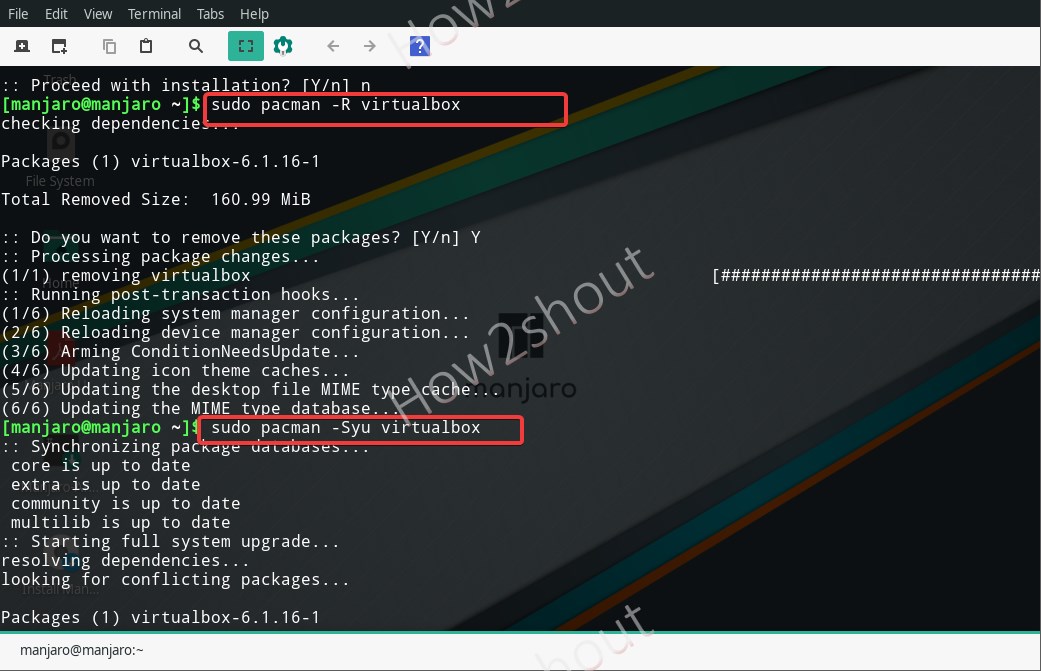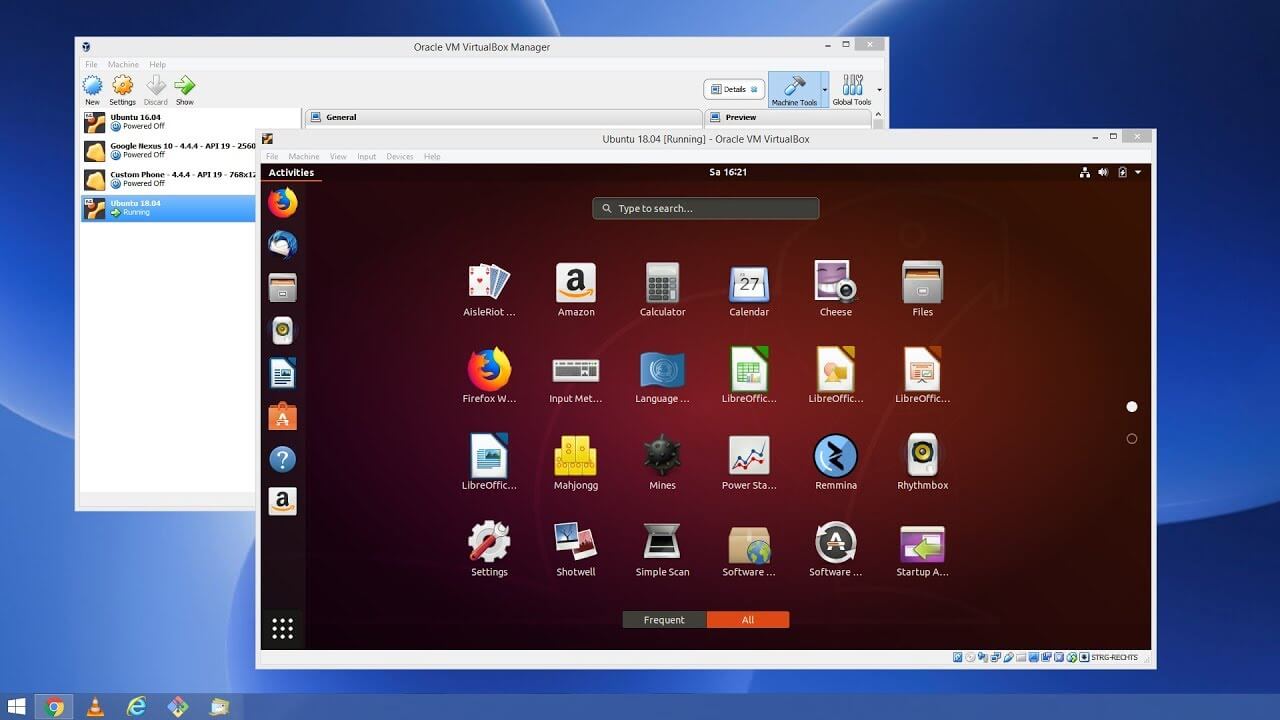

The VirtualBox Extension Pack provides several useful functionalities for guest machines such as virtual USB 2.0 and 3.0 devices, support for RDP, images encryption, and more. Update the packages list and install the latest version of VirtualBox: sudo apt update sudo apt install virtualbox-6.1 $(lsb_release -cs) prints the Ubuntu codename. To your system: echo "deb $(lsb_release -cs) contrib" | \ sudo tee -a /etc/apt//virtualbox.list Import the Oracle public keys using the following commands: wget -q -O- | sudo apt-key add - wget -q -O- | sudo apt-key add -īoth commands should output OK, which means that the keys are successfully imported, and packages from this repository will be considered trusted. To install VirtualBox from the Oracle repositories, follow these steps: Installing VirtualBox from Oracle repositories #Īt the time of writing this article, the latest version of VirtualBox is version 6.1.x.

That’s it! You have successfully installed VirtualBox on your Ubuntu machine, and you can start using it. To update the package index and install VirtualBox and Extension Pack: sudo apt update sudo apt install virtualbox virtualbox-ext-pack Run the following commands as root or user with sudo privileges Installing VirtualBox from the Ubuntu repositories is a straightforward process. Creating A VM Allocate the Memory Usage for your VM and hit next (Warning: Do not allocate 100 of your RAM as it can cause your system to crash, 50 or lesser is recommended). Fill out the details of the VM we are creating (Type Linux Mint) and hit next. Installing VirtualBox from Ubuntu repositories # Open the VirtualBox application, and click on the new button. Oracle repositories always contain the latest released version. The VirtualBox package that is available in the Ubuntu multiverse repository may not be the most recent version. In this tutorial, we will show you two ways to install VirtualBox on Ubuntu 20.04: Generally, Virtualbox is used by desktop users as a testing and development environment. This seemed to stop working after the latest windows update 1803.Is open-source cross-platform virtualization software that allows you to run multiple guest operating systems (virtual machines) simultaneously. I've also tried VMware with same results. I even did an in-place upgrade (which is when you reinstall windows but it keeps all your files and apps). I've disabled my antivirus, I even disabled my device guard in the Local Group Policy.

I've reinstalled Virtual Box, and disabled Hyper-V. I have Intel VT-x enabled in my bios, Task manager show's that it's enabled.īut Virtual box just doesn't want to show a 64bit option for anything. Now I re-download Kali, I'm trying to install it, it doesn't give me a 64bit option. It used to work, until I messed up Kali, so I just uninstalled Kali, but kept Virtual Box.

I'm trying to install Kali Linux on Virtual Box.


 0 kommentar(er)
0 kommentar(er)
